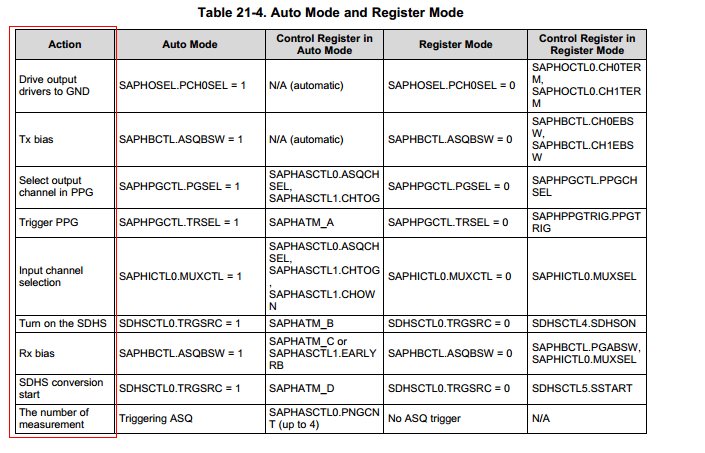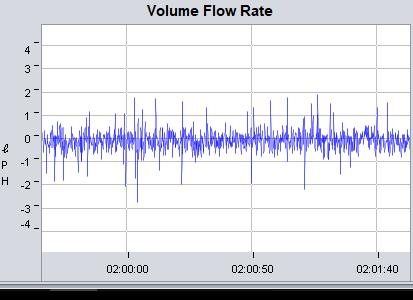I am using FR6047 GUI,but some params amazing me so much,what are the flowing three params means???
i have read the GUI's user guid,but steal do not know what the three params means,espically "start PPG count", can TI employee give me a teach.?
2.’from the following picture in the silicon user guid,it is easy to understand the time pierod of the USS works,but the GUI's describtion is so bad!
from the silicon user guid, the "Trigger PPG" means start to generate and stop pluse, but what the "start PPG count" in the GUI means?
3.it is better to using the figure to teach me what is the three params means like this










